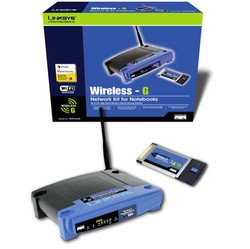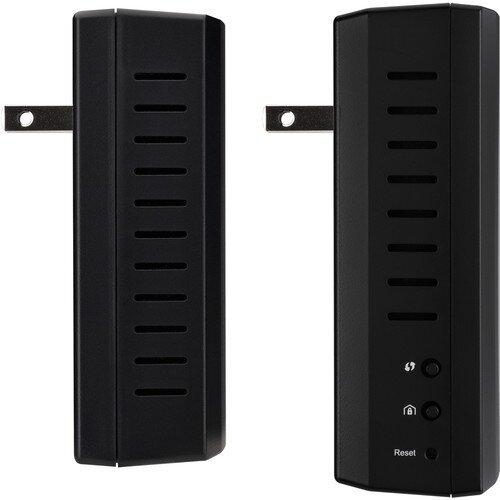

The diode is a so-called Schottky barrier diode, that offers large bandwidth and that is used as an envelope detector to recover the amplitude of the terahertz signal. Tobias Harter, who carried out the demonstration together with his colleague Christoph Füllner in the framework of his doctoral thesis. "At its core, the receiver consists a single diode, which rectifies the terahertz signal," says Dr. Highest Data Rate Demonstrated So Far for Wireless THz Communications over More Than 100 Meters The concept is presented in Nature Photonics.

In cooperation with Virginia Diodes (VDI) in Charlottesville, U.S., researchers of KIT's Institute of Photonics and Quantum Electronics (IPQ), Institute of Microstructure Technology (IMT), and Institute for Beam Physics and Technology (IBPT) have now demonstrated a particularly simple inexpensive receiver for terahertz signals. However, terahertz receivers are still rather complex and expensive and often represent the bandwidth bottleneck of the entire link.

This may be accomplished by terahertz carrier waves, which occupy the frequency range between microwaves and infrared light waves. To form a powerful and flexible network, these base stations need to be connected by high-speed wireless links that offer data rates of tens or even hundreds of gigabits per second (Gbit/s). The associated base stations will be compact and can easily be mounted to building facades or street lights. In these radio cells, distances are short such that high data rates can be transmitted with minimum energy consumption and low electromagnetic immission. "To simultaneously serve as many users as possible and to transmit data at utmost speed, future wireless networks will consist of a large number of small radio cells," explains Professor Christian Koos, who works on 6G technologies at KIT together with his colleague Professor Sebastian Randel. It can lower the barrier of entry for enterprises and industries by reducing initial costs and offloading construction and daily management, so organizations can focus on core business initiatives.5G will be followed by 6G: The sixth generation of mobile communications promises even higher data rates, shorter latency, and strongly increased densities of terminal devices, while exploiting Artificial Intelligence (AI) to control devices or autonomous vehicles in the Internet-of-Things era. What is a private 5G network as a service?Ī private 5G network as a service is an alternative to buying, building, and managing a private mobile network.


 0 kommentar(er)
0 kommentar(er)
